Ride your Rocky Mountain eMTB further with the 330 Wh Overtimepack
Rocky Mountain have released a 330 Wh power pack, called the Overtimepack, which lets you extend the capacity of your 672 Wh Powerplay battery to over 1000 Wh! We take an in-depth look at the Canadian brand’s new range-extender and tell you everything you need to know!
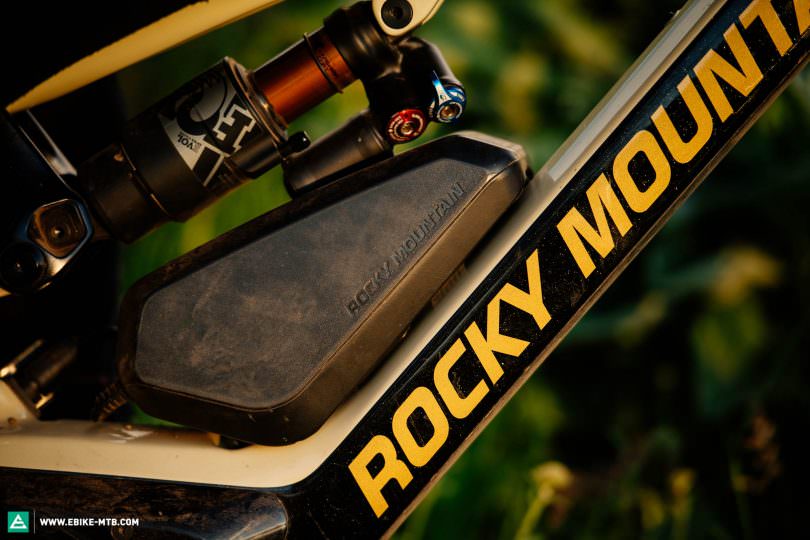
The Rocky Mountain Overtimepack is aimed at riders of the Canadian brand’s Powerplay ebikes (like the Altitude Powerplay carbon we reviewed) who long for more battery capacity and range. While the 672 Wh Powerplay battery is by no means small, the 330 Wh Overtimepack allows you to extend your eMTB’s battery capacity by nearly 50% – a massive amount! Read on for everything you need to know, including compatibility, specs and more!

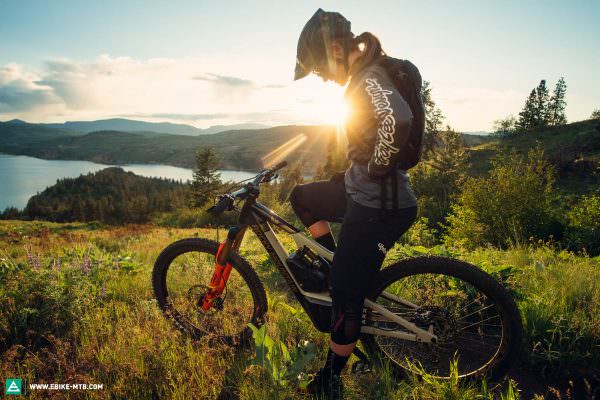
The Rocky Mountain Overtimepack in detail
The Overtimepack attaches to your Powerplay eMTB using a tooled attachment. Rocky Mountain are keen to emphasise that a lot of thought has gone into designing a solid mount that is suitable for aggressive riding and will not rattle around and create a racket. Located low on the downtube, the Overtimepack shouldn’t affect the handling you the bike in a negative way. However, the extra weight will be noticeable.
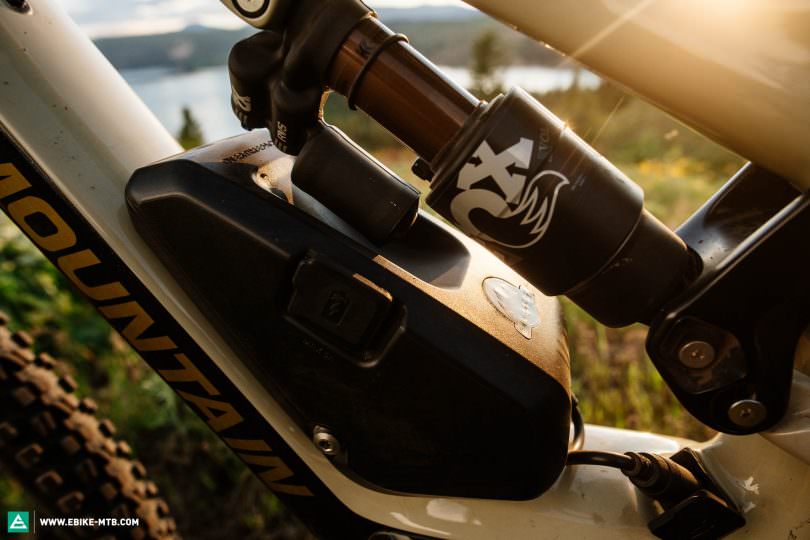
Battery usage and charging options
The Overtimepack can be charged using the standard Powerplay 5A charger while attached to the bike. Both batteries can also be charged in parallel with two separate chargers for a faster charge time. When riding with the Overtimepack, it will completely use its 330 Wh capacity before starting to drain the main Powerplay battery. The iWoc remote will read as fully charged until the Overtimepack is empty, and the main battery begins to discharge. The status of the Overtimepack can be viewed on its separate battery indicator.
In the event that your Powerplay battery is empty and you don’t have a charger, a full Overtimepack can ‘jerry can charge’ it to just under 50% in about two hours.

Using the standard Powerplay 5A charger, you can charge the Overtimepack to 80% in 1:05 hours, and fully charge it in just over 2 hours. The Overtimepack is also fully weather-resistant and designed to be ridden in wet, muddy conditions.
Overtimepack compatibility with Rocky Mountain models
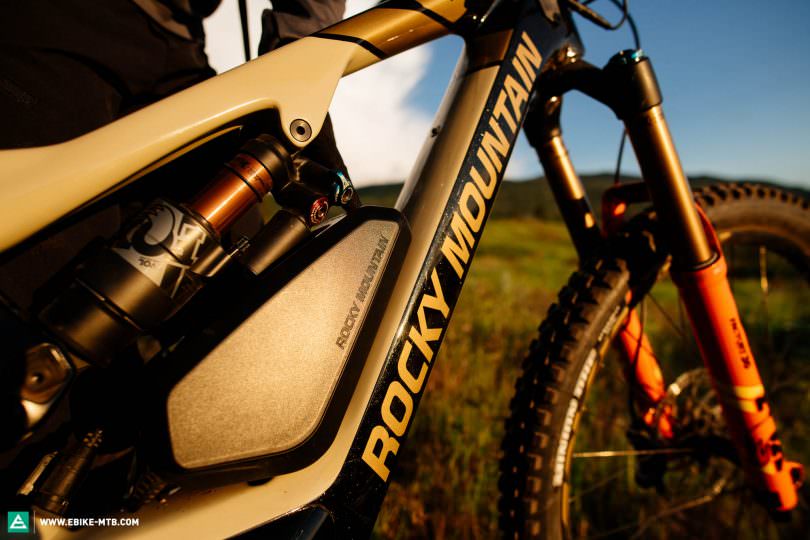
The Overtimepack is compatible with the majority of Rocky Mountain’s Powerplay ebikes. However, some brands and models of shock make certain Powerplay models incompatible. Check if your bike is compatible by using the chart below. The compatibility is based off the original rear shock spec for each Powerplay model.
| Model | Frame material | 2018 | 2019 | 2020 |
|---|---|---|---|---|
| Instinct Powerplay | Carbon | n/a | n/a | Yes |
| Instinct Powerplay | Alloy | n/a | Yes | Yes |
| Instinct Powerplay BC Edition | Alloy | n/a | n/a | No |
| Altitude Powerplay | Carbon | Yes | Yes | Yes |
| Altitude Powerplay | Alloy | n/a | Yes | Yes |
| Growler Powerplay | Alloy | n/a | Yes | Yes |
Our thoughts on the Rocky Mountain Overtimepack
The Rocky Mountain Overtimepack looks like a great upgrade for those seeking to extend the range of their Powerplay eMTBs. While we can’t comment on how the Overtimepack will affect the handling of your bike yet, its low-slung positioning and secure mount look positive. At € 680 it is certainly not cheap, especially when compared to power packs from other manufacturers. However, those who can afford it will be rewarded with the Overtimepack’s extended capacity, ‘jerry can’ charging and extra hours of battery life.
For more information check out bikes.com
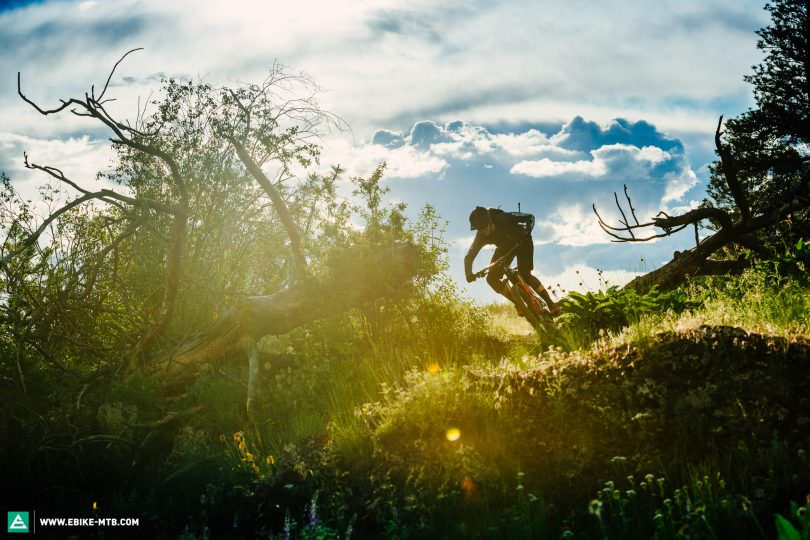
Did you enjoy this article? If so, we would be stoked if you decide to support us with a monthly contribution. By becoming a supporter of E-MOUNTAINBIKE, you will help secure a sustainable future for high-quality cycling journalism. Click here to learn more.
Words: Photos: Margus Riga







